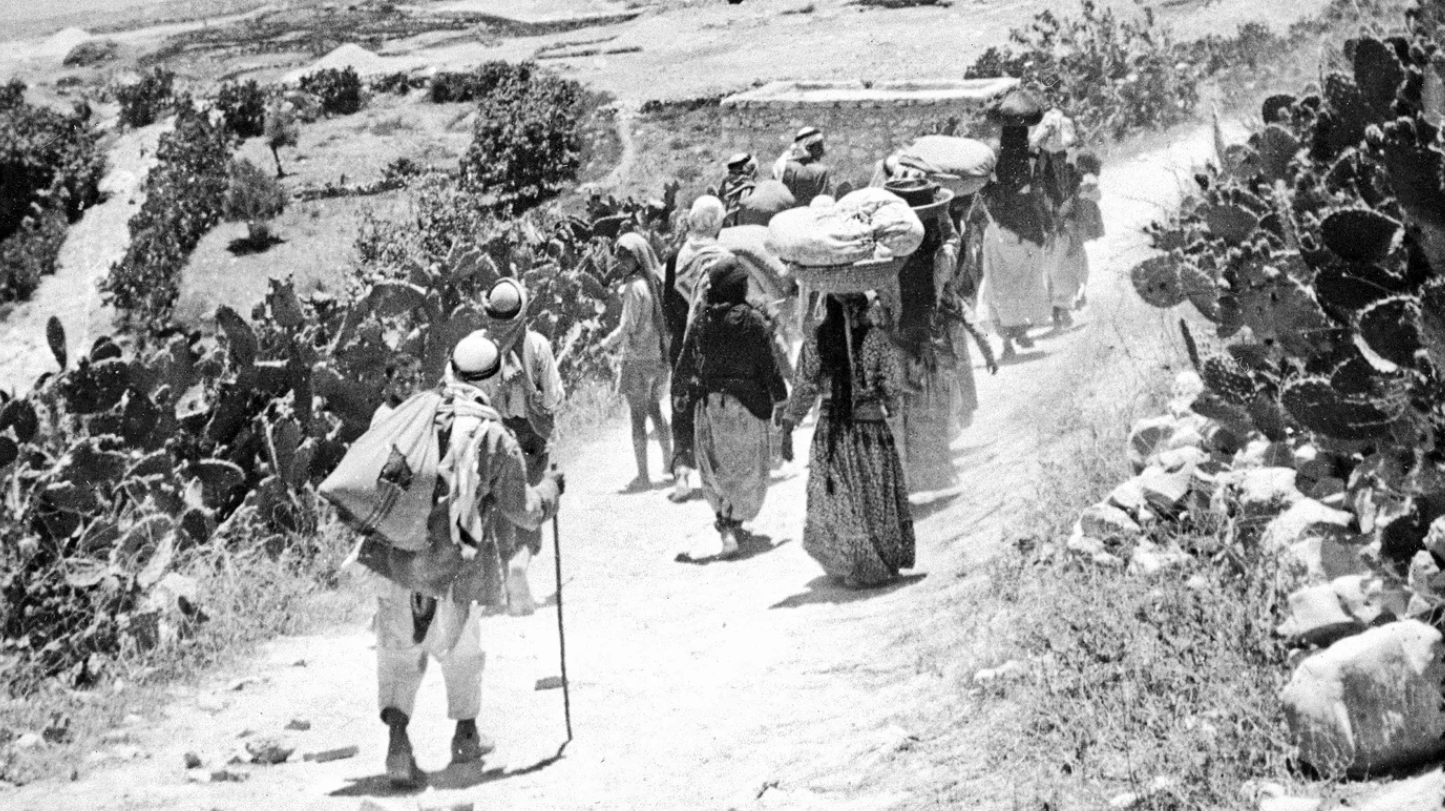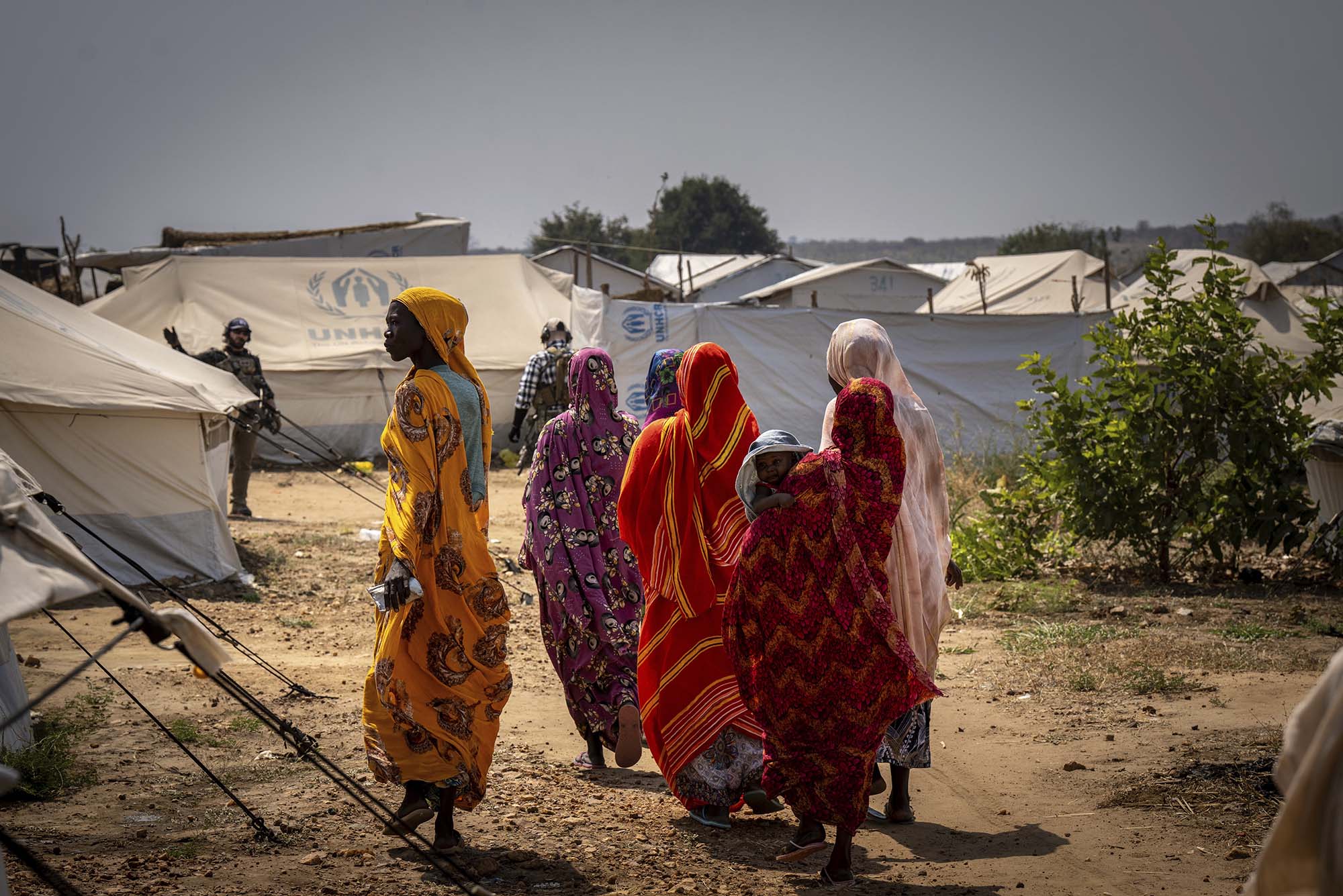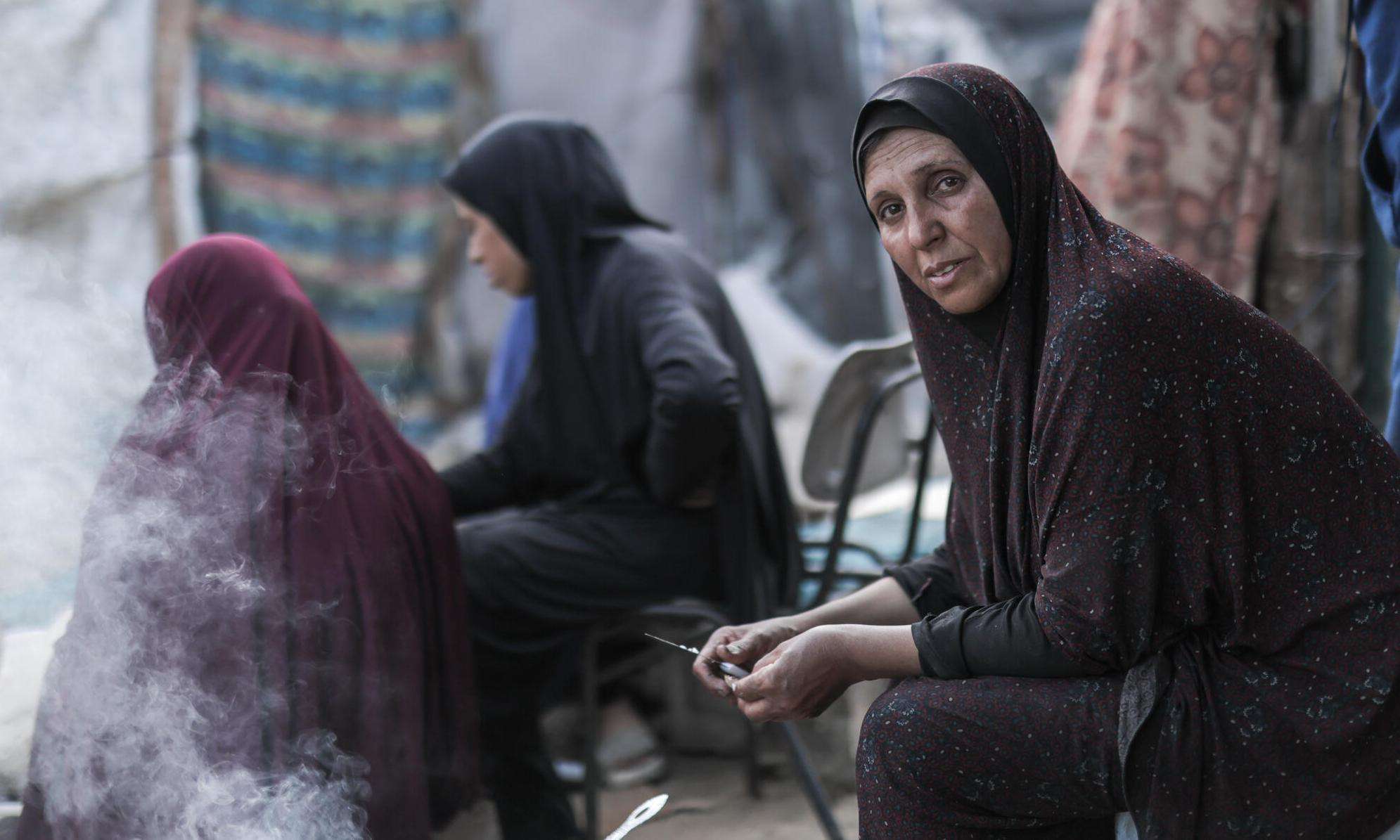The Israeli troops occupied the highest point on Mount Hermon, a portion of the Golan Heights in Syrian territory, on December 8, 2024. Crucially, this area is found in the buffer zone designated by the United Nations. The Golan Heights was captured by Israel from Syria during the Six-Day War in 1967 and both have been in confrontation since the establishment of Israel in 1948. While the Israeli occupation of Palestine falls under a classic settler colonial project, its acts in the occupied Syrian Golan Heights are a mix of territorial ambition, security concern and ideological motive.
In the Golan Heights, Israel is employing its strategic objectives which include securing vital land and resources while commanding its dominance in the area marked by complex geopolitical rivalries.
Roots of conflict between Israel and Syria
The establishment of the State of Israel is the most critical moment in Middle-Eastern history, as it was born out of the prolonged Zionist movement, which began to search for and create a Jewish homeland in Arab Palestinian-owned land. Zionism is the response to centuries of persecution, faced by Jews particularly in Europe in the late 19th century. The movement got an impetus after the 1917 Balfour Declaration when Britain declared its support for creating a Jewish home in Palestine. With the end of World War II and the Holocaust, world leaders pushed for the establishment of a Jewish State, which manifested in the form of the United Nations Partition Plan in 1947.
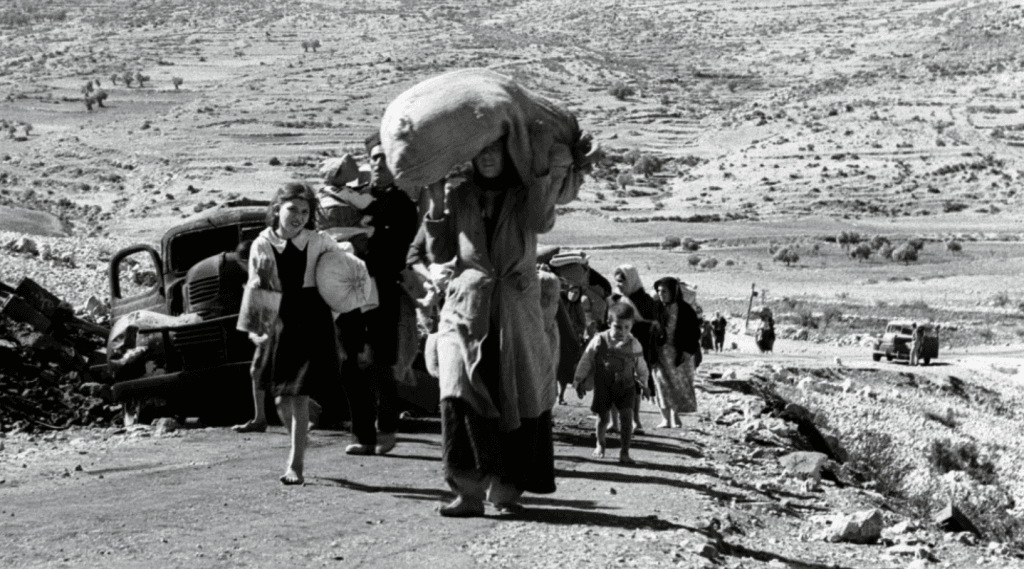
The proposal aimed to partition Palestine under British authority into distinct Jewish and Arab governments, however, it was turned down by the Arab population resulting in resistance by natives. Following David Ben-Gurion’s declaration of Israel’s independence on May 14, 1948, the neighbouring Arab governments invaded Israel on the apprehension that the creation of a Jewish state would result in the Arab population being displaced from Palestine. This assumption proved to be accurate, after the 1948 Arab-Israeli War, the boundaries of Israel were erected and thousands of Palestinians were displaced. During the later decades, the Zionist plan kept brewing and completely exposing after the 1960s.
Israel seized important territories like the West Bank, the Gaza Strip, the Sinai Peninsula, and the Golan Heights. These land acquisitions were victories for Israel that fulfilled its security concerns but were viewed by Arab nations and Palestinians as a violation of their sovereignty. The Golan Heights a rocky plateau – became the centre of the Israeli-Syrian conflict – as this strategic area about 40 miles southwest of Damascus gave Israel an advantage for monitoring Syrian movements.
Colonial practices in occupied territories
Israel’s colonial agenda in Palestine and Syria shows how it is keeping its authority and control over the seized territories and limiting the rights and means of life for the people. It deliberately marginalises Indigenous people by using a varied approach reflecting military control, territory expansion, and resource extraction.
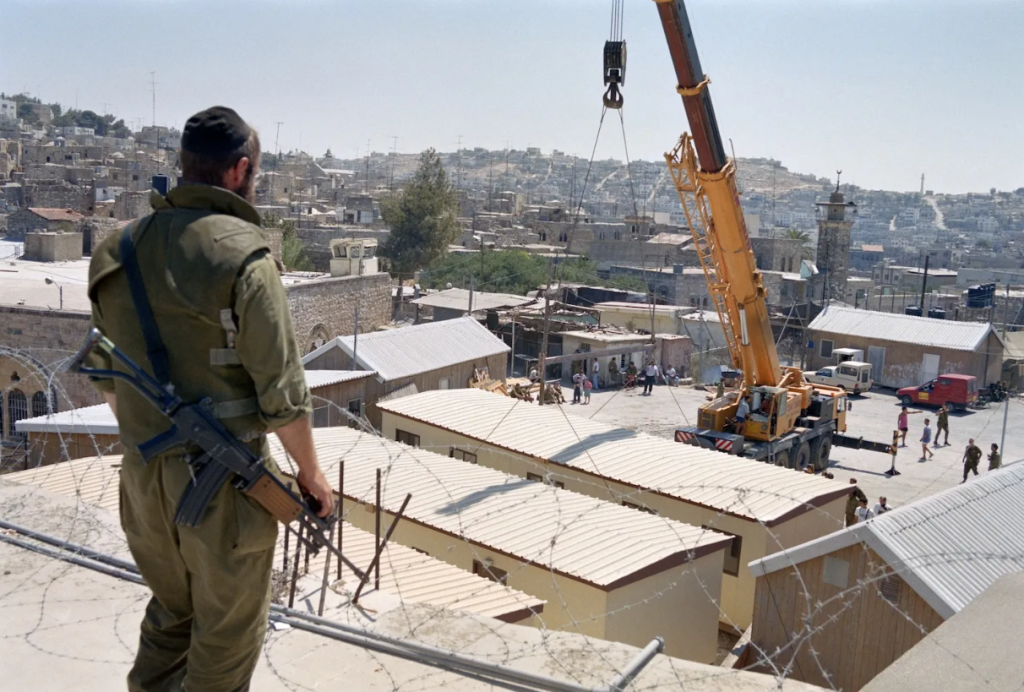
Scholars like Geva (2019) stress how Israel’s government promotes settlement construction in the West Bank and Golan Heights utilising legal safeguards, financial incentives, and infrastructure development. Inspired by a settler-colonial approach, this strategy removes local people and disrupts historical and cultural links to the land.
Mason and Dajani draw especially greater attention to the strategic objective underpinning these colonies, which accords first importance to establishing a permanent Jewish presence above the rights of native people. Falah and others point out that the deployment of checkpoints, monitoring, and armed patrols drastically limits mobility and everyday life, thus undermining local government and creating an environment of dread. Giacaman and Johnson characterise this experience as one of triple captivity, in which Palestinians are caught under colonial control, widespread military presence, and the fractured political terrain that has developed since the Oslo Accords. Lenṭin shows how monitoring reaches into the digital sphere, consequently advancing control under the cover of security, beyond physical rule. The exploitation of resources aggravates the suffering local people experience.
Israel’s hydro-hegemonic system, according to Lautze et al. and Seeberg, directs water resources from Palestinian aquifers to settlements, so depriving populations of vital supplies for everyday living and agriculture. This control over water aggravates financial uncertainty and drives many farmers to flee their fields. These policies taken together expose an occupation meant to uphold Zionist control at the price of local rights, livelihoods, and autonomy.
Isreal’s occupation of Syrian Golan Heights
Since the Six-Day War in 1967, the Golan Heights, which is located in southwestern Syria has been under Israeli Occupation post-confrontation with neighbouring Arab states. It comprises about 1,860 square kilometres which represents only 1 per cent of Syria’s landmass but holds huge strategic and resource significance. Israel maintained military control over the region after the war, and in the year 1981 singly annexed the region through the Golan Heights Law and extended its domestic jurisdiction and administration. This unilateral move was condemned all over the globe, and the UN Security Council passed Resolution 497, stating that the move is “null and void” under international law.
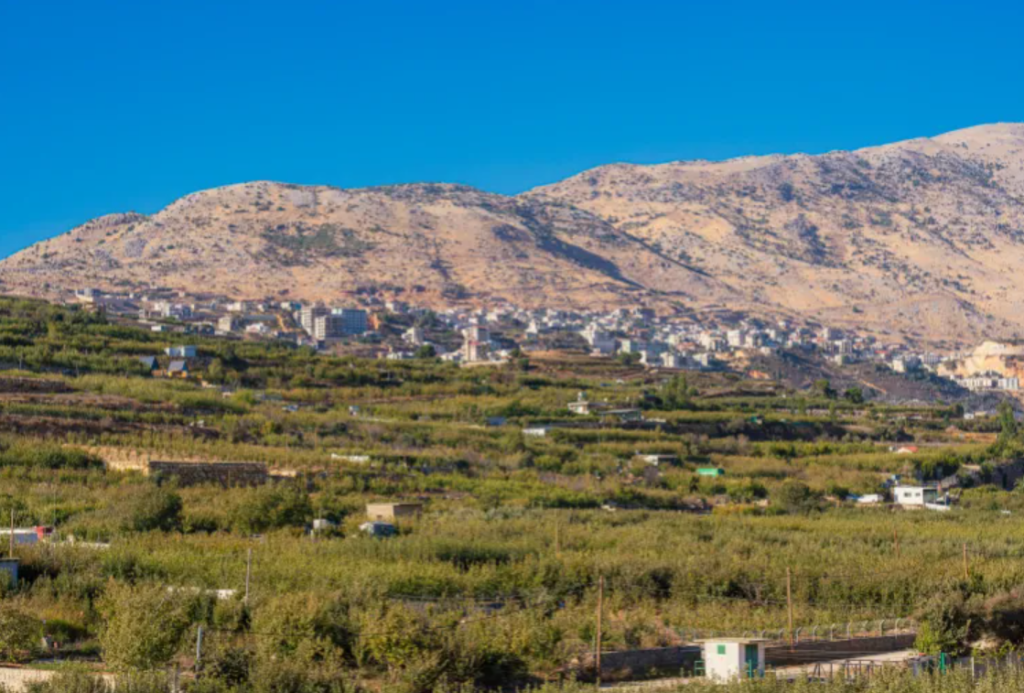
The Hague Regulations and the Fourth Geneva Convention, prohibit confiscation and the transfer of civilian populations into occupied territories which the annexation by Israel violated. In addition to this over 130,000 Syrians were displaced, their villages and farms destroyed and replaced with more than 30 Israeli settlements. For Israel, the Golan Heights provide very vital military, topographical, and resource-based benefits. Mount Hermon’s 2,814-meter elevation makes the Golan Heights a plateau that offers a commanding view for keeping an eye on Syrian activity, notably its proximity to Damascus, which is 60 km distant. Economically, the Golan Heights are vital for their rich water resources, which, under the control of the Jordan River and its tributaries especially, provide for up to 50 per cent of Israel’s freshwater supply. For home requirements as well as agricultural irrigation, these waters are essential.
Syria’s sovereignty and post-civil-war rehabilitation have been adversely impacted by the occupation of the Golan Heights. Over 130,000 Syrians were displaced, and 340 villages and many farmland were destroyed, and so depriving local people of their means of subsistence and cultural legacy. Syria has been deprived of important resources that would help with social and economic rehabilitation by the Israeli installation of colonies and methodical utilisation of the natural resources in the area.
Israel’s involement in Syria
The Syrian civil war was kick-started by protests in Deraa following juvenile arrests and torture for anti-Assad graffiti in 2011. The aggressive response of the government made people anxious and restless, which eventually blew up in the form of a full-scale civil war by 2012; with key towns under siege and extremist organisations like ISIS acquiring a foothold. The international player’s involvement like – Russia, Iran, the United States, and Turkey further complicated the conflict. By 2018, Bashar Hafez al-Assad had regained control, but the combat had ceased. A delayed opposition attack in 2024 resulted in Assad’s exile along with the fall of major cities, and the end of the conflict, heralding a possible new beginning for Syria.
Israel’s involvement in the war has been triggered by the need to counterbalance the increasing influence of Iran around the region. Israel’s experience in Lebanon has partly contributed to its unwillingness to participate more fully in Syria, hence restricting its capacity to affect Syria’s post-war course. However, as Syria is recovering from civil war, Israel is alarmed at Hezbollah’s ideological fixation within the country and the regrowth of groups like Hayat Tahrir al-Sham (HTS) close to Israel’s boundaries. Although the fall of the Assad government could lessen Iran’s influence, it might also cause new extremist organisations to flourish, therefore compromising Israel’s security even more. Israel’s engagement in Syria thus poses a complicated, two-edged conundrum trying to undermine Iranian and Hezbollah influence while also running the danger of fresh security challenges from hostile groups on its northern border.
Israel’s control of Palestinian and Syrian land, including the Golan Heights, is a clear violation of international law as made clear by many UN resolutions as well as by the Fourth Geneva Convention. Though Israel’s armed domination, resource exploitation, and population expansion, are criticised by many, its colonialism continues.
The international community, particularly in the United States has failed to hold Israel responsible for its actions in its occupied territories, thereby extending an impunity cycle. This vicious cycle of violence and occupation emphasises how urgently respect for international law and peaceful negotiations are needed to settle the problem and protect indigenous people’s rights in Syria and Palestine.
About the author(s)
She is a Research Scholar, currently dedicated to pursuing her doctoral studies in the field of Political Science and International Relations. With more than ten years of hands-on experience across various media-related domains, she has established herself as a seasoned Media Professional.
